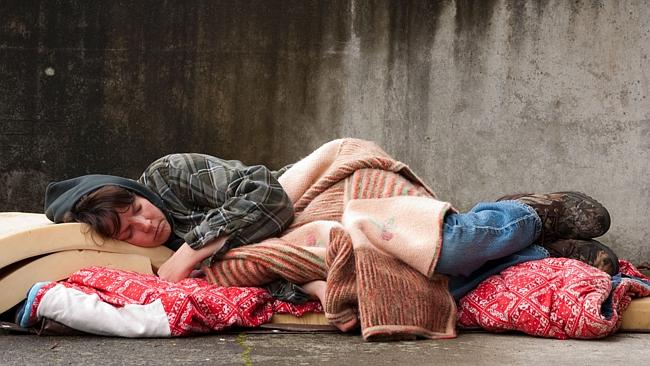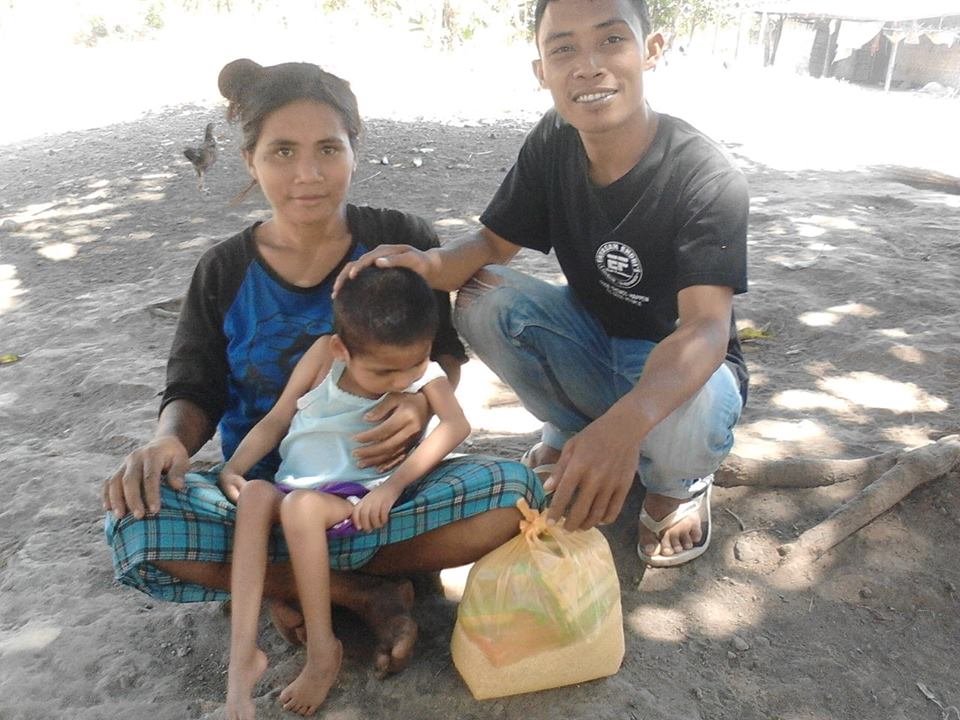Centre for Relief from Homelessness

Globally, more than 100 million people were estimated as homeless by the United Nations in 2005, the last time the United Nations attempted this survey. But some researchers believe that the estimate is more than 500 million people. Furthermore, more than one billion people were estimated to be lacking adequate housing. Some researchers believe the real figure is around two billion people.
According to the United Nations Habitat, more than 15 million people in Egypt live in slum areas, of which 40% are located in Greater Cairo region.
There are more than 250,000 people without homes in Kenya’s capital, Nairobi, with street children more than half the homeless.
70 per cent of the Liberian population lives below the national poverty line.
Two out of three of Malawi’s urban residents live in slums.
According to the United Nations Development Program, more than 80 per cent of Mali’s population live in inadequate housing.
There are more than 25 million homeless people in Nigeria.
There are ten million South Africans living in adequate housing, with millions living in tin and wooden shacks in various settlements without social services and infrastructure – shanty towns.
Australia is the world’s 12th largest economy but 17 per cent of its homelessness is comprised of children aged less than 12 years. One in every four homeless are the descendants of the First Peoples of its continent, Aboriginal and/or Torres Strait Islander peoples despite they comprise only one in every 35 Australians. Nearly one in three of Australia’s homeless are of Australians born overseas.
India has up to 100 million homeless people with up to 15 million street children.
Cambodia’s capital, Phnom Penh is home to more than 250,000 homeless people who shanty in informal settlements. There are more than 30,000 street children and who many are the victim of human trafficking.
In Hong Kong, more than 40 per cent of the population lives in subsidised small housing but more than 150,000 people live in ‘cage-like’ makeshift dwellings and on rooftops
After the collapse of the Soviet Union, more than 70 per cent of Kyrgyztan lives in substandard housing. More than 25 per cent of the urban populations live in illegal settlements. There are extreme tensions between household communities and the homeless.
According to the World Bank, a quarter of the Philippines population lives below the national poverty line. Nearly half the urban populations live in slums. The capital, Manila has more than three and half million homeless people. This is the largest homeless population of any city in the world. Nearly 100,000 children sleep rough in Manila, with an estimated one and half million children sleeping rough throughout the Philippines.
In the United States of America, more than 700,000 Americans on any given night are reported to be homeless, but some researchers estimate that in fact between three and four million Americans experience homelessness.
World Homeless Day is every October 10. However for the homeless everyday matters.




